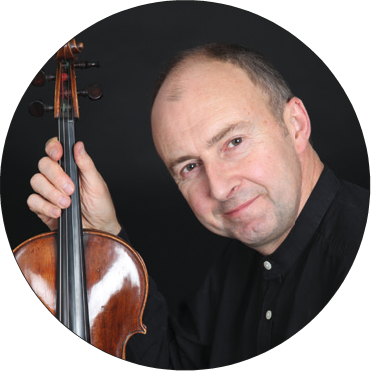Teaching & Playing
Developing bow control for improved tone
TECHNIQUE
A mix of exercises to help you draw out sound actively and attentively with the right hand
MARTIN OUTRAM Lionel Tertis Professor of Viola at the Royal Academy of Music, London; violist of the Maggini Quartet

MELANIE STROVER
BORN Billericay, Essex, UK
STUDIED WITH John White, Csaba Erdélyi
TEACHES Conservatoire students
There are many issues that get in the way of successful tone development. This article is intended to help students – especially those who have migrated from the violin to the viola – develop their sound so that it is always free and ringing, never forced. Very often violinists who start to play the viola think that they need to use more bow weight, because the viola is a bigger instrument with thicker strings, but sound can be crushed on the viola as easily as it can on the violin. It’s all about releasing the string as much as possible and discovering how much weight one’s own instrument can take.
EXERCISES
Learning to apply and particularly release bow weight is crucial when it comes to producing a full, rich and free sound. To begin, work on drawing sound constantly and actively with the right hand, while monitoring the weight, speed and positioning of the bow relative to the bridge. As you do so, make soft, elliptical pulsations with the bow by playing a portato or parlando stroke to apply and release weight: